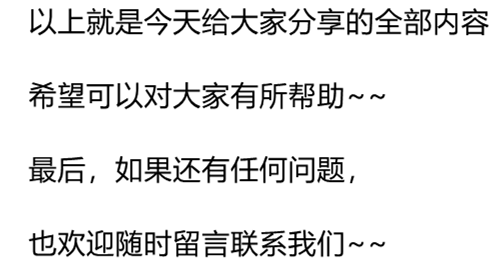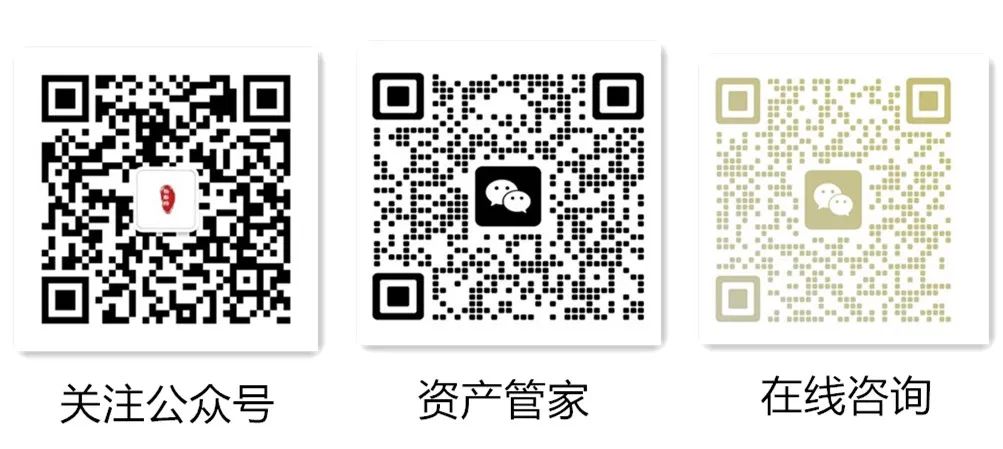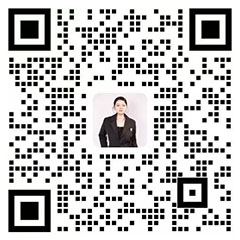- Knowledge
1、 Difference
1. Different definitions:
Software copyright refers to the exclusive rights enjoyed by software developers or other rights holders over software works in accordance with relevant copyright laws. A patent is a document issued by government agencies or regional organizations representing several countries based on an application. The invention or creation that has been granted a patent can generally only be implemented by others with the permission of the patent owner.
2. The legal basis is different:
The protection of software copyright is mainly based on the Copyright Law and the Regulations on the Protection of Computer Software, while the protection of patents is mainly based on the Patent Law and the Intellectual Property Law of the People's Republic of China.
3. Different application methods:
Software copyright is naturally protected once it is written, without the need for review, and can be obtained by submitting materials that meet specifications. Patents need to undergo formal examination and practical examination to meet various requirements such as novelty, creativity, and practicality in order to be protected. Software copyright is obtained after the completion of software creation, commonly known as software copyright registration, to serve a similar notarization function. Software patents are different. Firstly, only by submitting an application to the patent office can one obtain a patent. Secondly, the software patent application describes the concept of the software.
4. Different levels of simplicity:
The acquisition of software copyright is simple, the protection of rights is simple, and the protection is weak. The benefits generated are usually the collection of authorization fees. Difficulties in obtaining patent rights, complex rights protection, strong protection efforts, and significant and long-lasting benefits. To apply for a patent, it is necessary to disclose the technical information of the patent, and to maintain the patent right, an annual fee must also be paid. In most cases, the patent application review cycle is 2-3 years, while the software market cycle is relatively short.
5. The basis for rights varies:
The basis for software copyright is the "Regulations on the Protection of Computer Software", and the basis for patent rights is the "Patent Law". Computer software copyright refers to the exclusive rights enjoyed by software developers or other rights holders in software works in accordance with relevant copyright laws and regulations; In terms of the nature of rights, they belong to a type of civil right and possess common characteristics of civil rights.
6. Different scope of action:
Software copyright applies to computer programs and their related documents, while patents apply to inventions and creations;
Note:
Software copyright and patents belong to the same concept of intellectual property, but they are of different types. The software copyright registration certificate is obtained through the review of software certification materials by a nationally recognized organization (copyright protection center), while a patent is an invention or creation protected by legal norms. It refers to an invention or creation that has been submitted to the national approval authority (patent office) for patent application, and after passing the examination in accordance with the law, is granted to the patent applicant the exclusive right to enjoy the invention or creation within a specified time.


2、 Determine the ownership of software copyright
1. Belonging to software developers, that is, legal persons or other organizations that actually organize development, directly carry out development, and assume responsibility for the completed software development; Or a natural person who independently completes software development based on their own conditions and assumes responsibility for the software;
2. The ownership of copyright for software developed through collaboration shall be stipulated in a written contract signed by the collaborating developers. If there is no written contract or clear agreement in the contract, and the jointly developed software can be divided and used, the developers can independently enjoy the copyright of their respective developed parts; If the software developed through collaboration cannot be used separately, its copyright shall be jointly enjoyed by all collaborating developers;
3. The ownership of the copyright of software developed on behalf of others shall be stipulated in a written contract signed between the principal and the trustee; If there is no written contract or no clear agreement in the contract, the copyright shall be enjoyed by the trustee;
4. The ownership and exercise of copyright of software developed under the task assigned by state organs shall be stipulated in the project task book or contract; If there is no clear provision in the project task book or contract, the software copyright shall be enjoyed by the legal person or other organization accepting the task;
5. If a software developed by a natural person during their tenure in a legal person or other organization falls under any of the following circumstances, the copyright of the software shall be enjoyed by the legal person or other organization:
(1) Software developed for specific development goals specified in one's job responsibilities;
(2) The software developed is the foreseeable or natural result of engaging in the activities of one's job;
(3) The software is mainly developed using material and technological conditions such as funds, specialized equipment, and undisclosed specialized information from legal persons or other organizations, and for which the legal persons or other organizations are responsible.


It should be noted that
In the distinction between software copyright and patent rights. The acquisition of software copyright is simple, the protection of rights is simple, and the protection is weak. The benefits generated are usually the collection of authorization fees. The difficulty in obtaining software patents, the complexity of safeguarding rights, and the strong protection measures not only deter competitors, but also implicitly promote technological research and development within the enterprise. Therefore, when applying, we should consider the long-term development perspective and plan the industrial layout reasonably.


【END】
If you find it useful, you can share it with more people to see~~~







